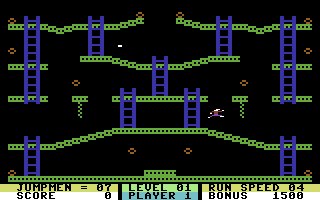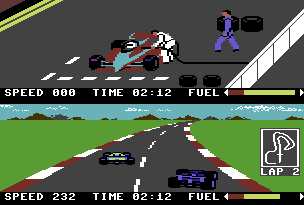Newswiped: Brooker becomes Morris talking about Morris
This is the news!
Being late to the party, I just watched Newswipe while eating breakfast, thereby setting myself up to be thoroughly confused for the rest of the day. Superficially, the show is like a news-oriented version of Brooker’s first-rate TV-bashing Screenwipe being smashed into The Daily Show with a hammer.
Although superior to previous BBC4 Daily Show wannabe The Late Edition—primarily a vehicle for Marcus Brigstocke to be smug and patronising, and Steve Furst to be as unfunny as humanely possible—Newswipe at times left me bewildered, and may just be the instrument that propels reality into a whirling vortex of postmodern news doom.
The problem with Newswipe is the news itself. When Chris Morris parodied the genre, in 1994, via The Day Today, he was remarkably prescient, but still able to stroke the absurd stick until it burst, exaggerating every aspect of the news to comic effect. Unfortunately, the news subsequently became The Day Today. While idiots in 1994 somehow mistook the Morris show for real news (“Sacked chimney sweep pumps boss full of mayonnaise”/”Headmaster jailed for using big-faced child as satellite dish”), today, you’d be hard-pressed to tell the real from the fake, such is the flash, sound-bite-oriented, ratings-grabbing and absurd nature of modern news broadcasting.
And so with Brooker, the show begins with him being Chris Morris (the newsreader and the comedian), talking in Chris Morris fashion about real news, which is being portrayed in a manner like The Day Today, without irony, and continues to dissect news broadcasts that look like they’re written by Chris Morris by highlighting the absurd nature of them by sometimes being Chris Morris and by sometimes being absurd.
Overall, the show—bar the odious poetry section—is still worth a look. Brooker’s entertaining, and he briefly waggles his fact muffin to debunk a few of the wilder news claims. But I couldn’t help feeling that the show is almost redundant. The news has become a parody of itself, and trying to create a comedy vehicle around it (albeit one concentrating on satire and deconstruction) results in the frustration of a show being slightly drier and more serious than what it’s reporting on, which is supposed to be dry and serious in the first place, but isn’t.
It’s enough to make your brain hurt.



